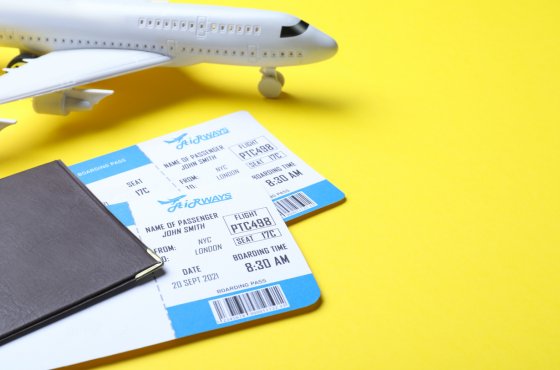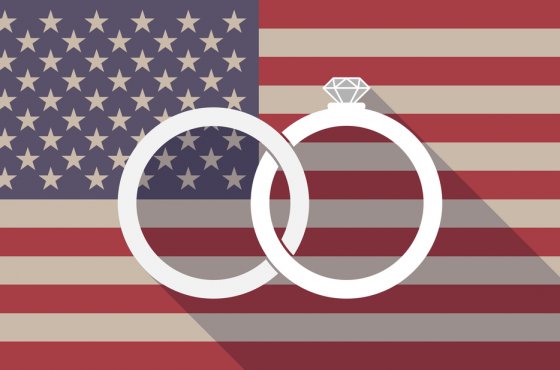How to recognize wine fakes without opening the bottle
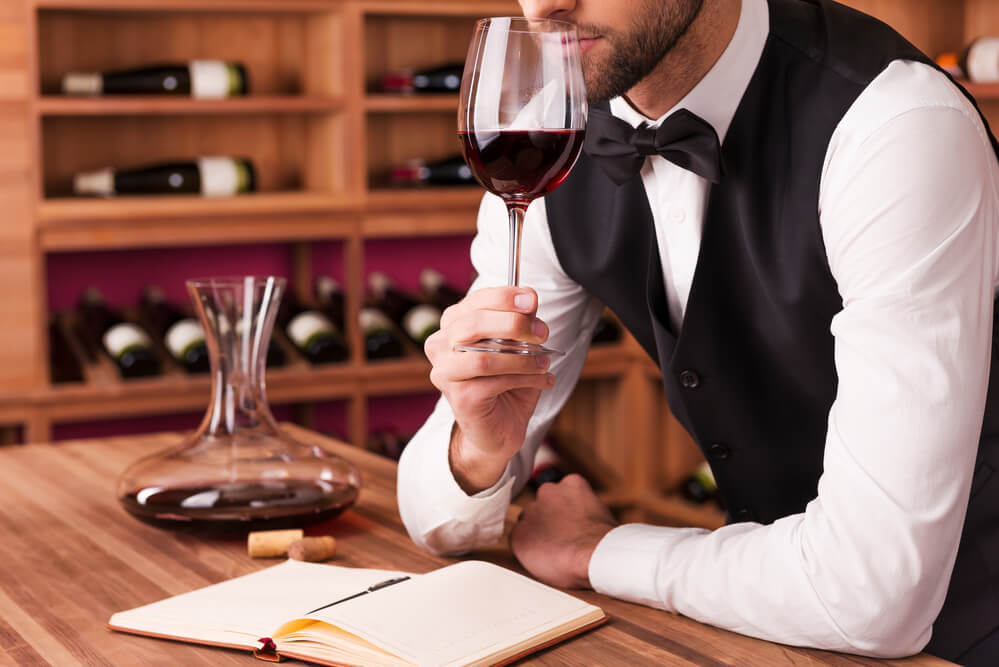
Фото: Depositphotos
The wine detective from San Francisco Maureen Downey is one of the few experts in the world who investigate cases of fake rare and collection wines. Esquire I found out who sells expensive fakes and how to recognize them without opening the bottle.
“In 2000, I accidentally ran into an outstanding con artist named Hardy Rodenstock. It was at the very beginning of my work in the company. Morrell & Companyselling old and rare wines. Before that, I graduated from Boston University and professional sommelier courses and managed to work in several New York restaurants. Hardy Rodenstock, who introduced himself as a German collector and dealer, became one of my first clients. He wrote that he wanted to buy several bottles of rare wine from our company, but first he should receive detailed information about them.
Rodenstock began to figure out what the bottles look like, what stamps they have on the bottom, what is printed in the lower left corner of the label and a bunch of non-obvious details. Then he asked me to take a picture of a few bottles and send him pictures. It’s good that my boss, Peter Morrell, caught me doing this and asked the name of the client for whom I am trying so hard. Hearing the name Rodenstock, he immediately exclaimed: “But they all say about him that he forges wine!”. Now I understand that the swindler, who for many years earned millions by selling counterfeit wine, wanted to use my services in order not to accidentally buy his own fake. After that incident, I became interested in who and why forges wine.
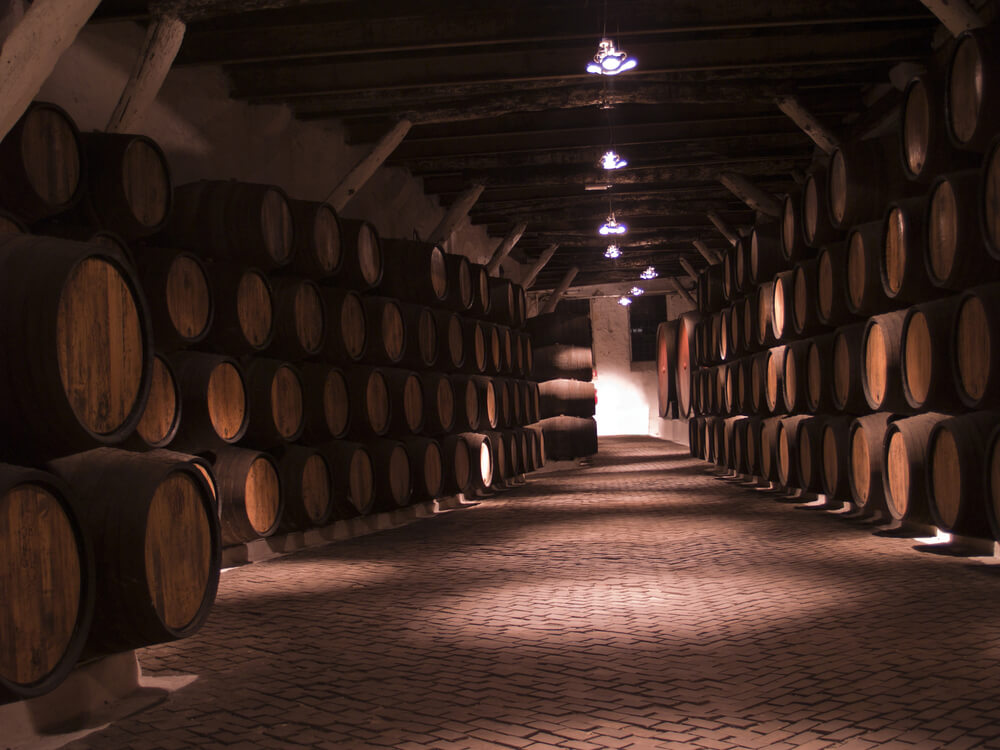
Фото: Depositphotos
The global market for counterfeit vintage wines is estimated at hundreds of millions of dollars and is arranged in the manner of a successful auction house. Actually, real auctions also help fraudsters to crank up large transactions, placing their fakes in their catalogs. For example, the owner Acker Merrall & Condit he personally helped another famous con man, Rudi Kurniavan, create a provenance for his cheap wine. He even attracted his friends to lend to Kurniavan several million to manufacture fakes. Back in 2002, I became suspicious that something was amiss with this collection of “rare” wines, and in 2005 I had already publicly stated that Kurniavan was a criminal, but no one believed me. He was arrested only in 2012 year, and until then the rich from New York and Los Angeles imagined themselves to be fine wine connoisseurs and rolled up luxurious dinners with that sour taste that Rudy interfered in his own kitchen.
Most often, according to Maureen Downey's observations, scammers counterfeit wines from France. And the top three are all in one region - Burgundy.
Counterfeit wine is very difficult to calculate - for the most complete analysis it is necessary to open a bottle, and not every owner will agree to that. The last 15 of years I have been doing just that which determines the authenticity of wine by external signs. If a collector purchased a batch and suspected a fake, he calls me and I go to his cellar with a professional photographer. To begin with, we photograph every detail on the bottles causing questions, and after that I carefully study the pictures. During major investigations, I made it a rule not to photograph more 30 bottles per day so that the eye does not get blurred.
First of all, I look at the glass. I do not know how to explain it, but over time you begin to feel what thickness, transparency and color this or that bottle should be. It happens, it is enough to take the bottle in hand, to immediately distinguish the low-quality fake. If you are dealing with wine, for which 5 thousands of dollars have been laid out, and it is poured into a bottle of thin glass, like some Chilean merlot, you realize that the crooks were simply lazy.
After finishing with the glass, I turn to the metal capsule, which sealed the neck, and to the label. Fraudsters often pierce that they forget the obvious: all elements of a wine bottle age at the same time. If the capsule looks like I’ve been to the war, and the label is new, I vividly imagine a woman with a model face and the body of an 70-year-old housewife - you can immediately catch a trick. Then I look at the cork and check whether it meets the requirements for one or another sort of wine in size, quality, age, whether it has all the necessary markings. I once discovered a bottle of 1961 of the year, on the cork of which the last figure was barely noticeable: the shadow of the four appeared around the unit. The difference in 3 year, but the price is different at times.
The most interesting part of my research is the label. Most wine makers use a certain type of paper in a certain period of time. Therefore, you need to make sure that the paper is the right color, thickness and weight, that the necessary watermarks are applied. And, of course, it is necessary to trace how this paper oxidized over time. Masters of fakes use different techniques to artificially age the label: soak it with tea, coffee, dirt or tobacco, cover it with wood tar, even bake it in the oven. But paper quality is not everything. No less important is print quality. I have a huge database of labels from different eras and regions; I know which fonts and even inks are used by wine makers. Often, it is possible to recognize fakes just at this stage - a cheap print suddenly appears on the artfully aged paper with an increase, and the 1945 font of the year is blurred in pixels.
The leader in the number of fakes is China: under the data WINE SEARCHER, from 5% to 70% of imported fins on the Chinese market are fakes. Producers of valuable wines have come up with only one effective way to combat counterfeits today: they advise breaking empty bottles immediately after tasting.
Sometimes, however, the font does not reach - a fake grammatical error gives a fake. In my practice there was a case when the cheaters wrote Chateaux instead Castle. This, of course, is a completely stupid blooper, more often caught by ignorance of some facts. For example, when there is an AOC badge on a bottle — and the wine was supposedly produced 100 years before the system controlling the regional origin of wine in France appeared. Many of my clients probably would not have noticed the difference between genuine collection wine and fake, if they don’t turn to me. They cannot be blamed for promiscuity. Yes, I’m sure that anyone can learn to distinguish 10 wine from 5 thousand wine if they wish. But in recent years, due to flooding the market with fakes, some rare varieties have simply disappeared from sale. No one knows what they should taste like, because no one has ever tried them. In addition, it is important to remember that wine is a living matter, and its taste changes throughout life. Two bottles, poured from one barrel, but stored in different conditions, through 70 years can vary dramatically in taste. There are only a few people in the world who have tried the same rare wines many times and can truly identify their origin. All the others who boast of such an ability are either posers or scammers.
Among my clients are not only hereditary billionaires with huge cellars. There are also quite poor people: real estate agents, university professors, students who are addicted to wine and are just starting to collect it. Many of them are willing to pay 5 thousands of dollars per bottle and more. And this is normal, because such a price is not a marketing legend, but a necessity. For example, the vineyards of Romane-Conti are located on a very small area, which is physically impossible to expand. They can produce a strictly defined amount of wine, and the number of people who want to buy it will increase every year - the price will increase with them.
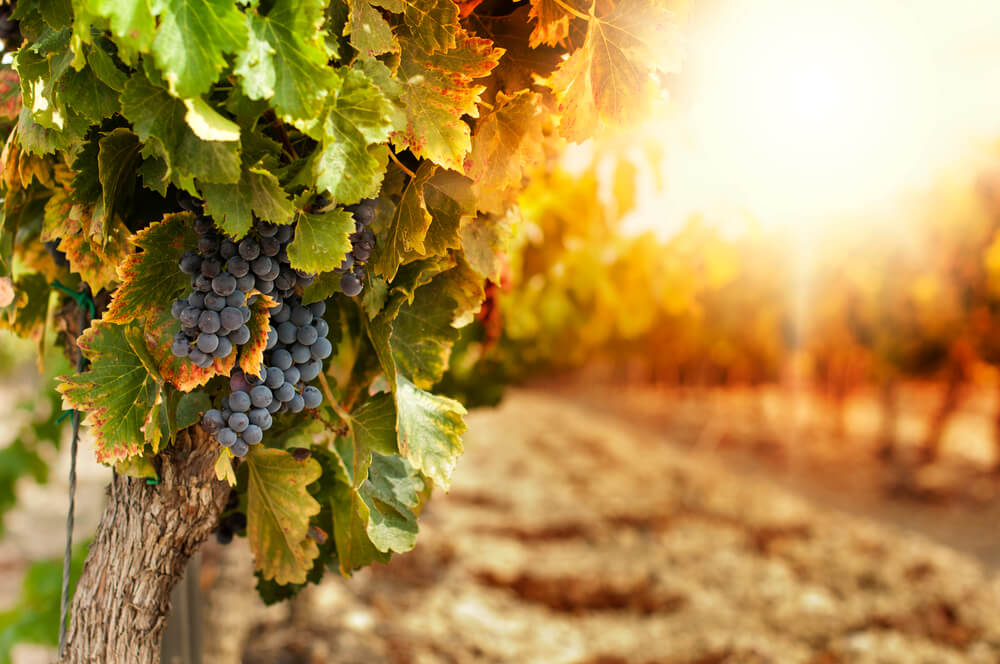
Фото: Depositphotos
In my free time, I help the FBI. After I found evidence in the Rudi Kurniavan case, they contact me regularly. Sometimes this job seems cool and exciting to me - the same department that investigates art crimes deals with forgery of wine. But at times it can be terribly difficult: the accomplices of the same Rudy pursued me for several years, and once even tried to attack me during a tasting. I would like to say that I am dealing with absurd, harmless petty fraudsters, but the wine mafia, unfortunately, differs little from the usual mafia in its methods. But the real scale of the black market is impossible to calculate, because not only rare and old wines are forged, even rose wine for 30 bucks, which Brad Pitt and Angelina Jolie produce, successfully copy around the world - simply because there is a huge demand for it ”.
Read also on ForumDaily:
9 errors that we make in the bar
10 Unusual High-paying Professions
How does the breast milk market in the US
Subscribe to ForumDaily on Google NewsDo you want more important and interesting news about life in the USA and immigration to America? — support us donate! Also subscribe to our page Facebook. Select the “Priority in display” option and read us first. Also, don't forget to subscribe to our РєР ° РЅР ° Р »РІ Telegram and Instagram- there is a lot of interesting things there. And join thousands of readers ForumDaily New York — there you will find a lot of interesting and positive information about life in the metropolis.

